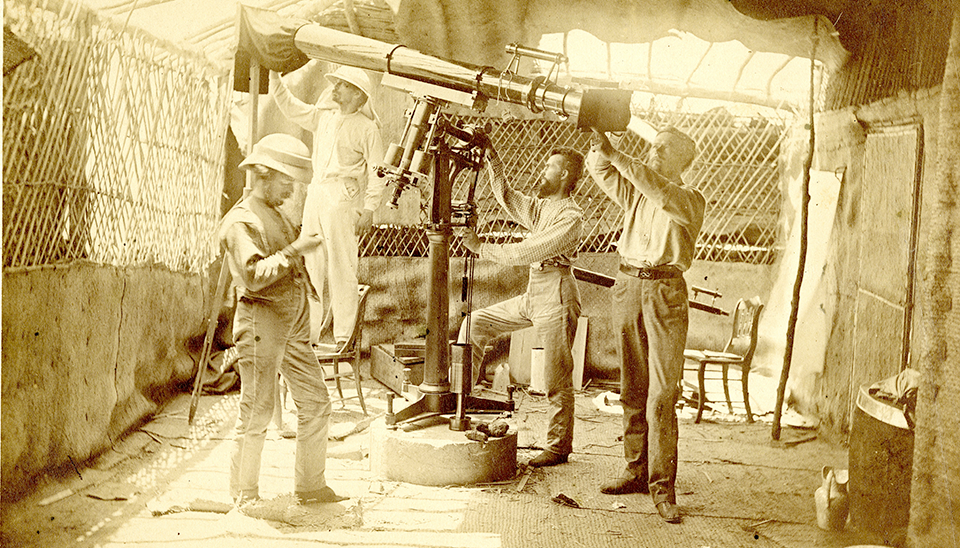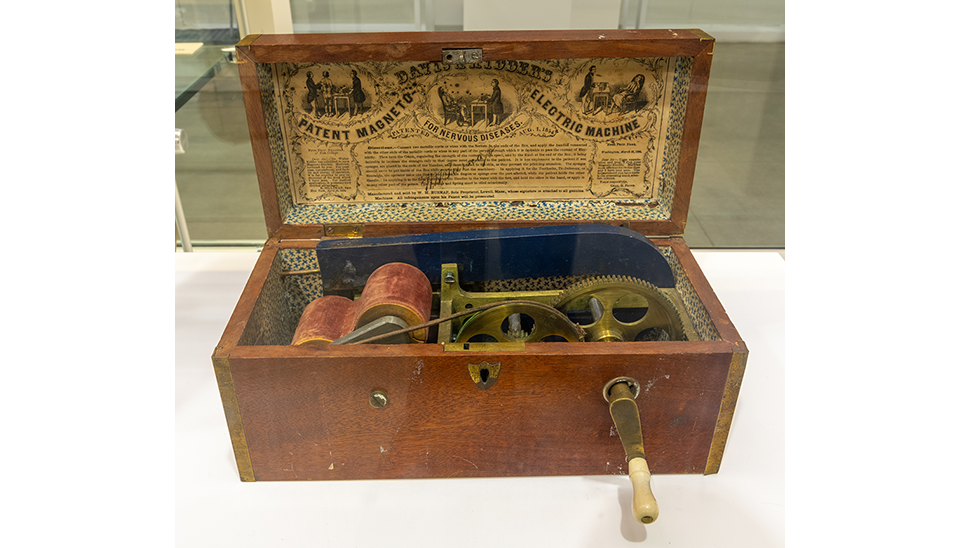Most people are familiar with the influenza pandemic of 1918-1919 that spread around the globe, causing millions of infections and deaths in a remarkably short span of time. However, not as many Americans are familiar with the 1957-1958 Asian influenza pandemic for one very good reason: it occurred mostly outside the United States.
When the Asian influenza reached the United States in June 1957, it mostly affected U.S. Naval personnel and new recruits. September and October saw the first spike in cases among school children, followed by a second wave in January and February of 1958, specifically among the elderly. All told, approximately 69,000 to 116,000 Americans died during the pandemic, which, compared to other countries, was an incredibly low range of deaths.
Abroad, cases escalated exponentially, with a million cases in India alone. Every Asian and Pacific country faced increasing cases in the first and second waves. Secondary infections were most often the cause of death with bacterial and hemorrhagic pneumonia, and staphylococcus being the most prominent causes. The Asian influenza was resistant to antibiotics, and approximately one in 300 to one in 10,000 people died from the virus depending on the country and precautions taken. In total, the number of deaths worldwide is estimated at 1.1 million.
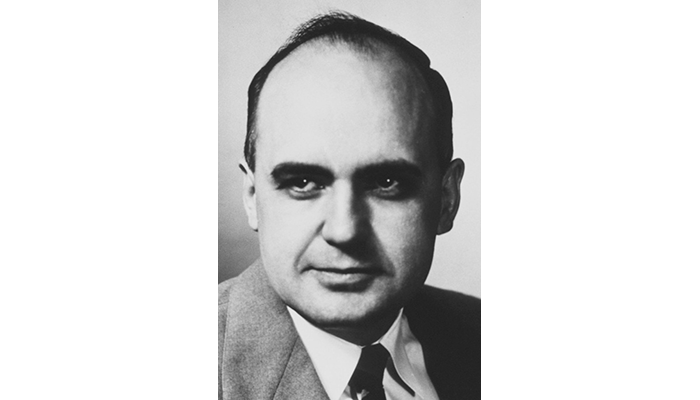
Maurice R. Hilleman (1919-2005), circa 1958. (B014616) (Image courtesy of the National Library of Medicine)
Why was there such a small number of deaths in the United States? In large part, it is due to one man: Maurice Hilleman, a microbiologist at the Walter Reed Institute of Research and chief of the Department of Respiratory Disease. Hilleman saw a New York Times article about this growing epidemic. Already a pioneer in the field of virology, Hilleman was credited with discovering the genetic shifts that occur in the influenza virus as it mutates into new strains. He was among the first to recommend a yearly flu vaccination to account for the constant mutation of influenza.
When Hilleman saw the New York Times article, he knew a potential pandemic was headed for the United States. He acquired a sample of the virus from U.S. Navy doctors in Japan, and he and his colleagues identified the new strain and its potentially deadly effects. He instantly began to campaign for the U.S. military and U.S. public health officials to take notice, stating "This is the pandemic. It's here!"
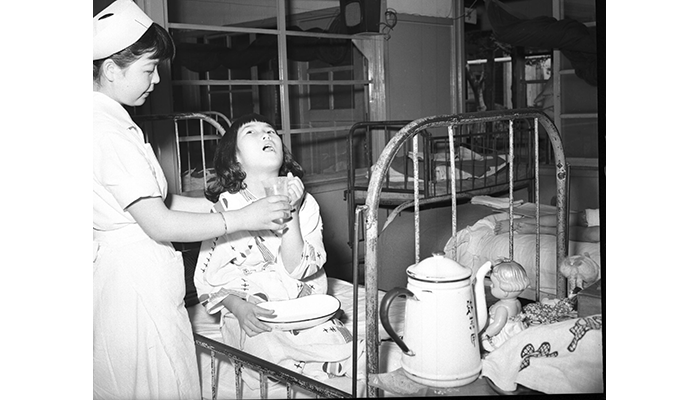
Japanese girl gargling a water solution for a culture sample in an influenza ward in Sagamihara Hospital, Japan, Aug. 9, 1957. (MIS 58-15573-67) (OHA 233.05: Medical Illustration Service Library)
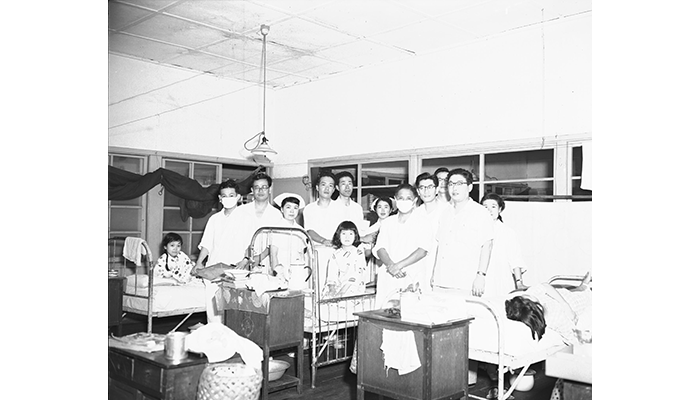
Patients standing in an influenza ward in a hospital in Sagamihara, Japan, Aug. 9, 1957. (MIS 58-15573-69) (OHA 233.05: Medical Illustration Service Library)
Hilleman took swift action, and even as certain elements of the U.S. government were slow to recognize the pandemic, he sent virus samples to six American-based pharmaceutical companies that produced influenza vaccines. Influenza vaccines were produced and available for many years, yet, the new vaccine needed to be produced, tested, and distributed in just four short months. By Hilleman's calculations, the pandemic would be in the United States by September 1957.
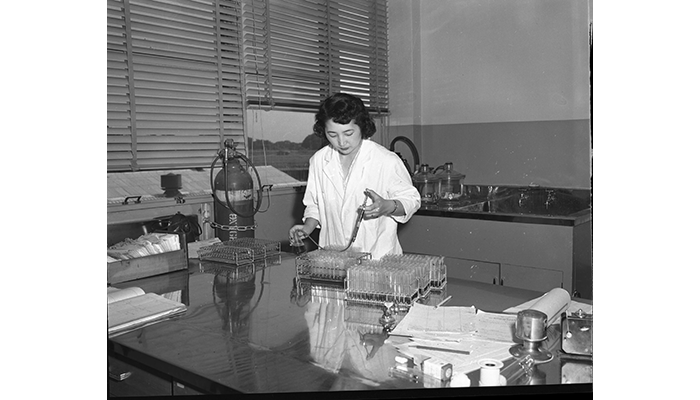
Japanese laboratory technician prepares sample tubes, Sagamihara, Japan, 1957. (MIS 58-15573-72) (OHA 233.05: Medical Illustration Service Library)

Maj. Thomas B. Dunne, Surgeon, 3rd Armored Division, injects a flu shot into the arm of Capt. Harold C. Tretbar, Surgeon, Combat Command A, with the painless injection gun, Frankfurt, Germany, Oct. 21, 1958. (SC 544853) (OHA 343 U.S. Army Signal Corps Photographs Collection)
By June 1957, the first doses of vaccine were produced and by September 1957 an estimated 40 million doses were available for distribution to the public in the United States. Through a massive vaccination campaign, and the fast action of Hilleman, potentially millions of lives were saved in the United States; a number added to when the vaccine began shipping for international use. This was just another million lives saved by the man who would give us vaccines for measles, mumps, rubella, pneumonia, meningitis, hepatitis A and B, and many other infectious diseases.
Resources
OHA 67 Museum Records; Pamphlets
OHA 233.05: Medical Illustration Service (MIS) Library Collection
OHA 373 Walter Reed Army Institute of Research (WRAIR) Clinical Pathology Photographs Collection
HC 11 – Biological Therapy, Historical Division



